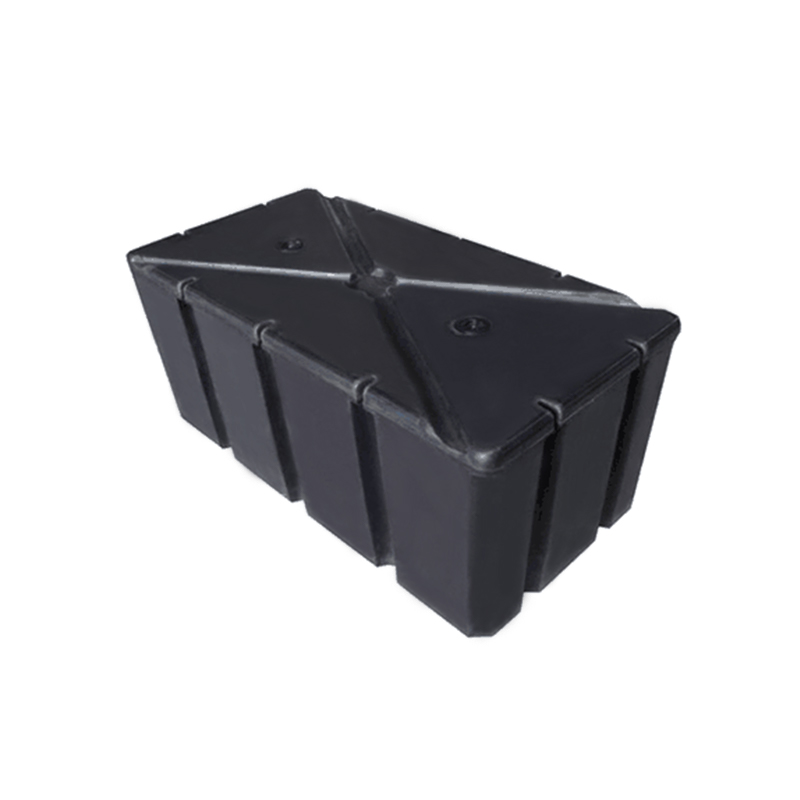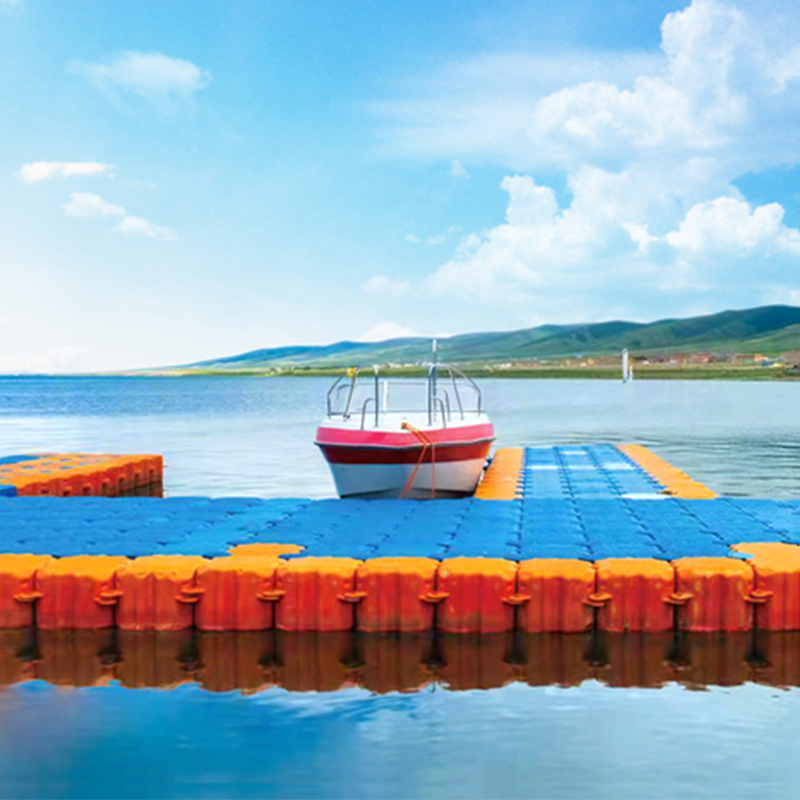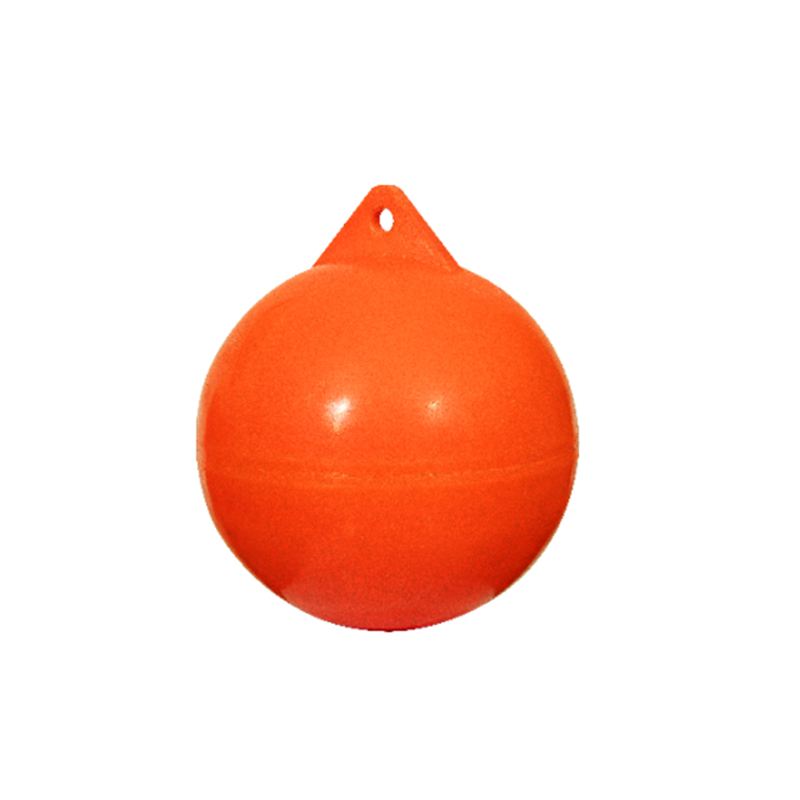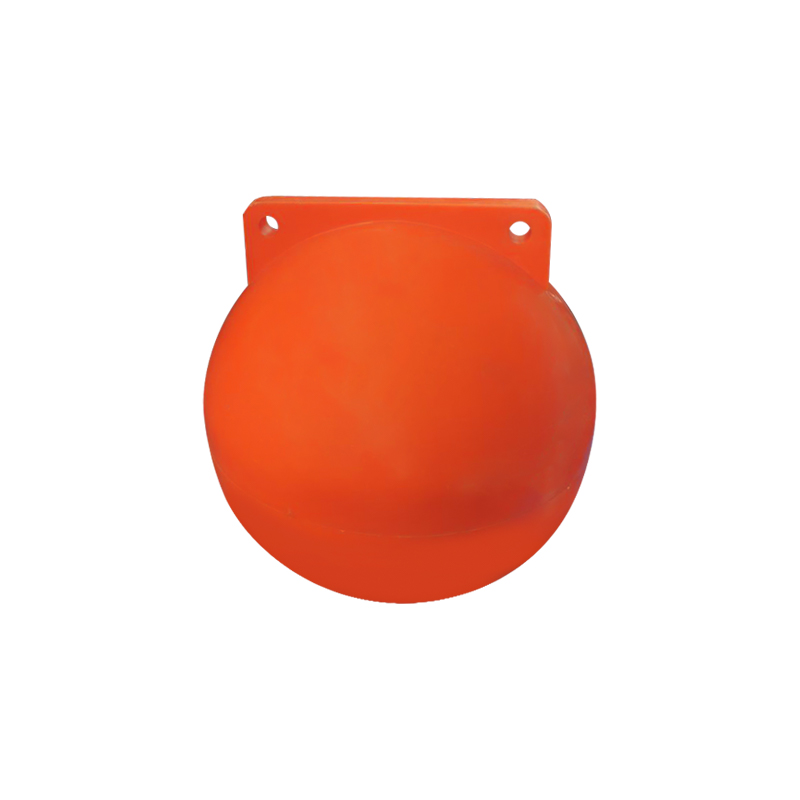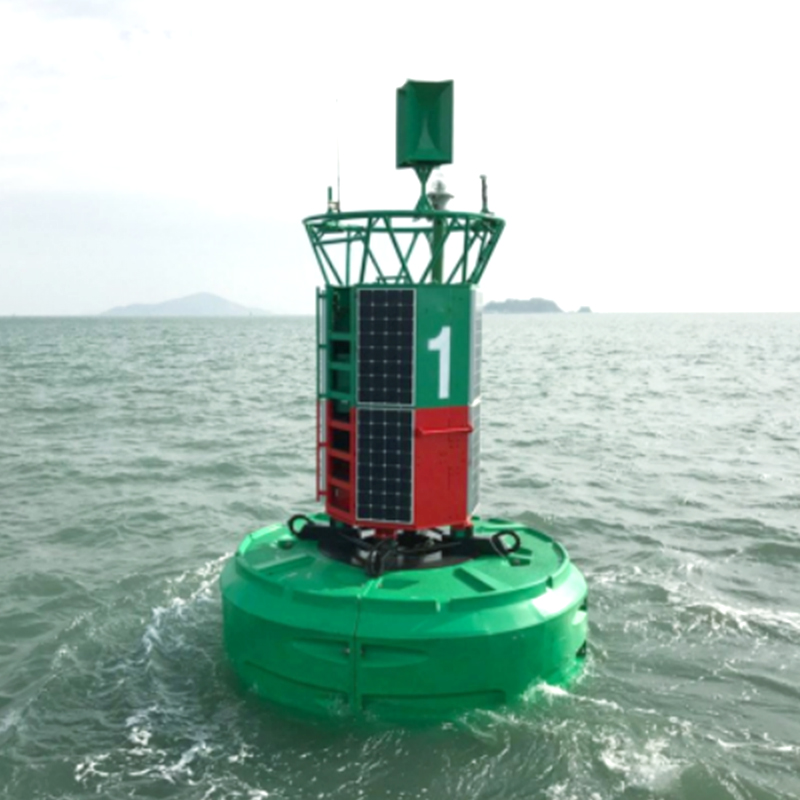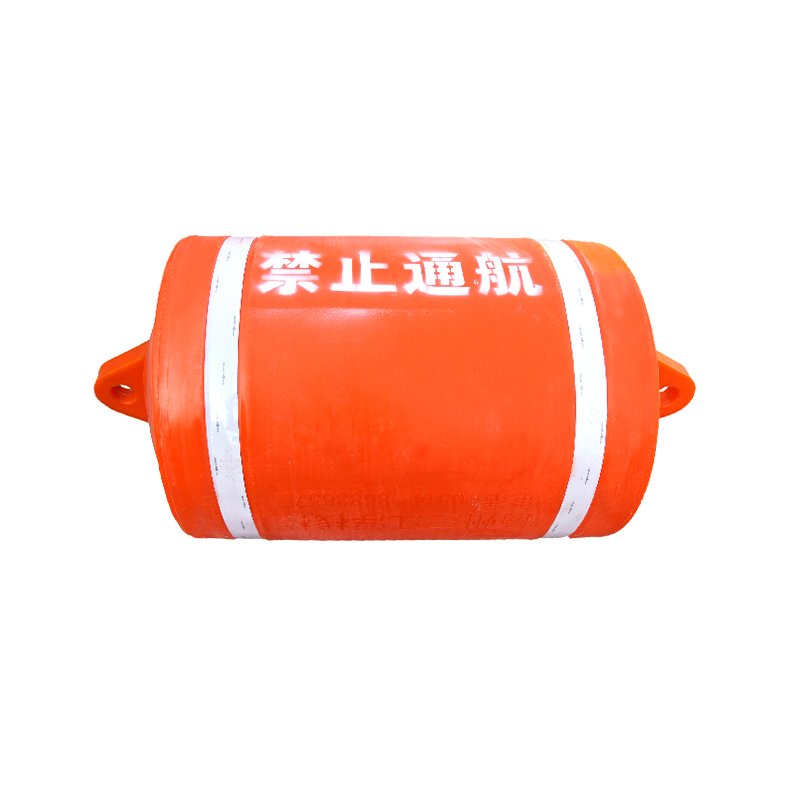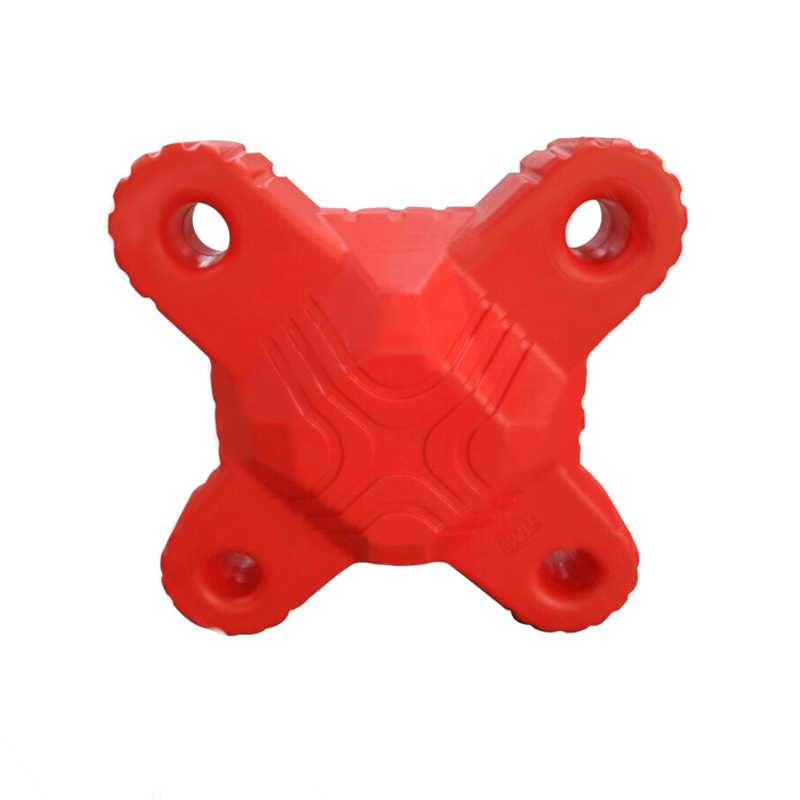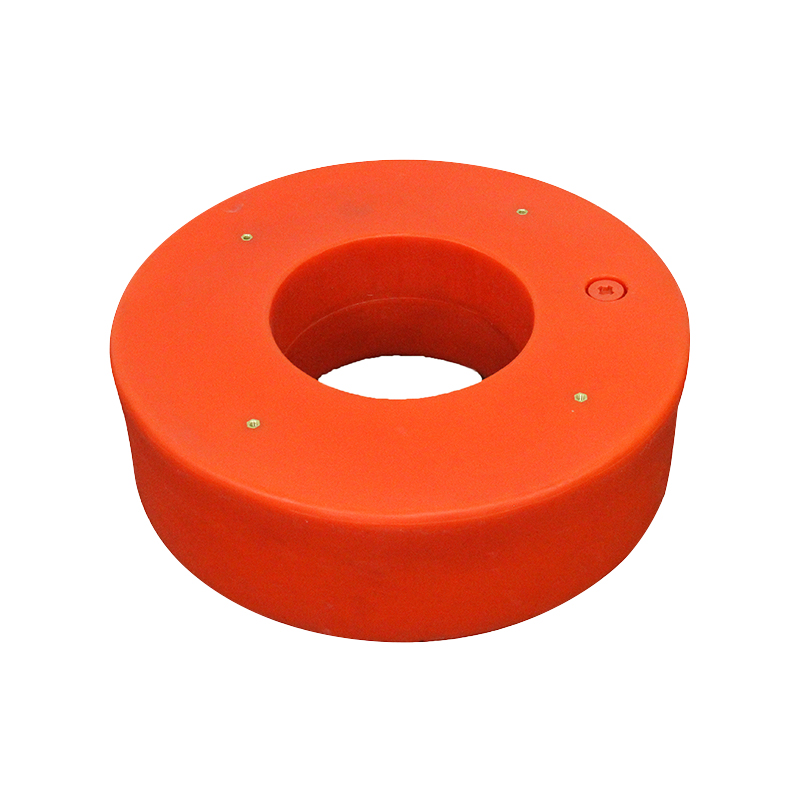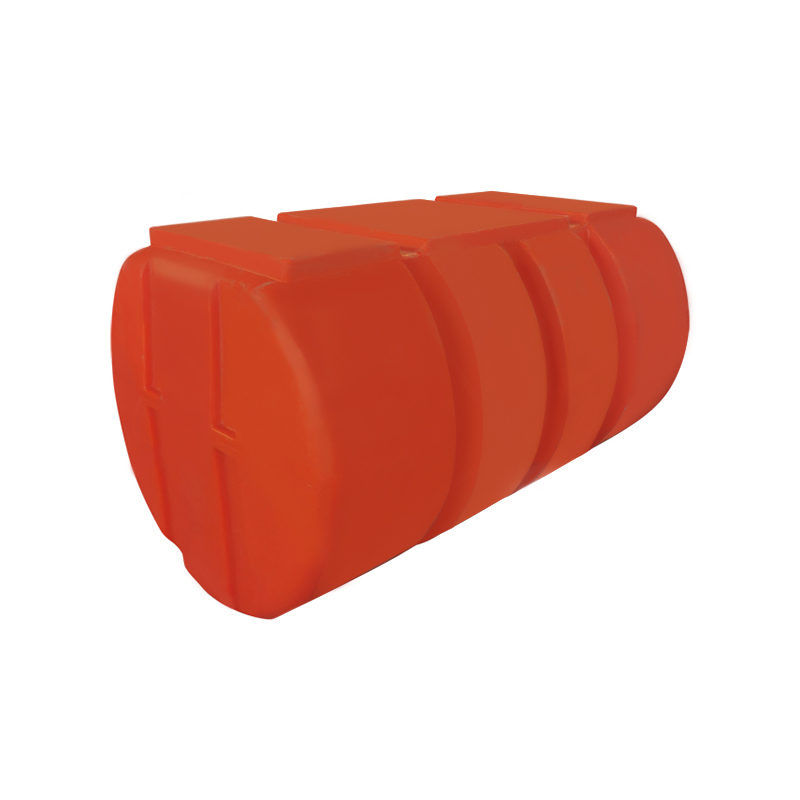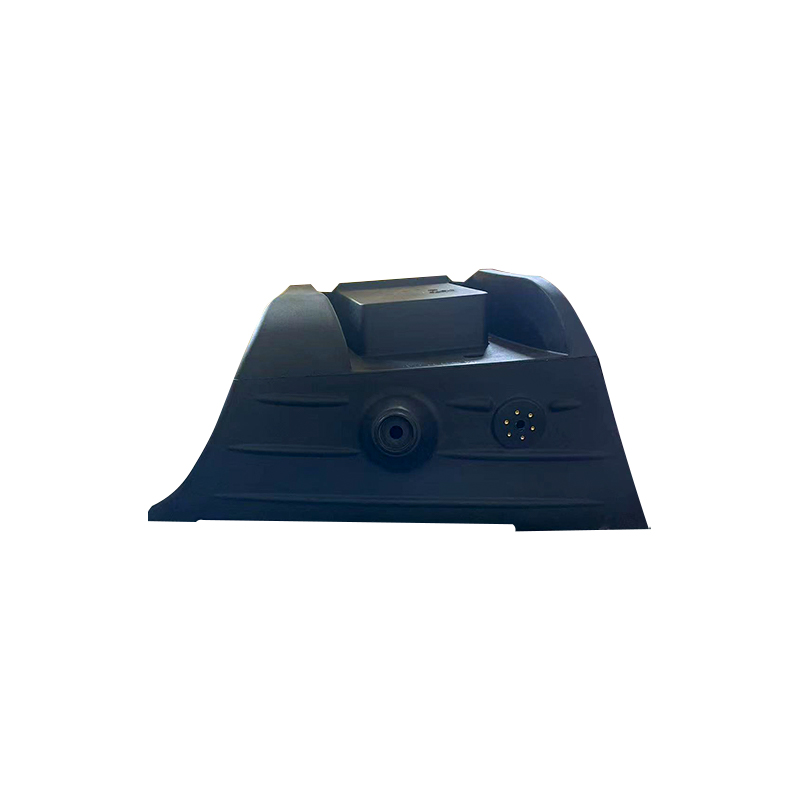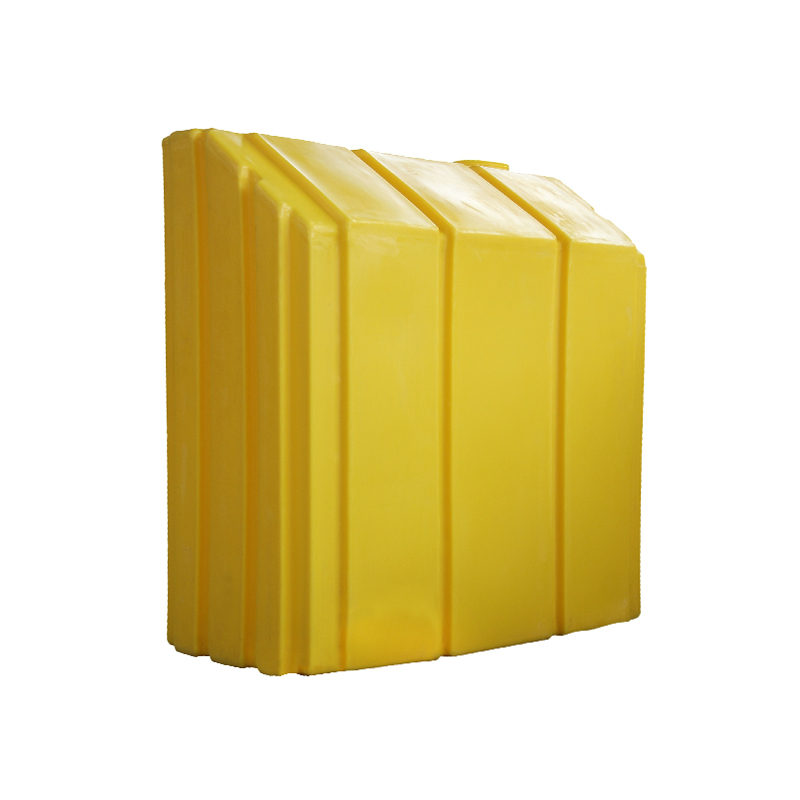The Difference Between PE Dosing Barrel and PVC Dosing Barrel: Which One Is Better for Your Needs?
In industrial applications, PE Dosing Barrel (Polyethylene Dosing Barrel) and PVC Dosing Barrel (Polyvinyl Chloride Dosing Barrel) are commonly used chemical dosing systems. These two types of dosing barrels differ significantly in terms of material properties, performance, durability, and suitability for different environments. Therefore, selecting the right dosing barrel is crucial for improving operational efficiency, reducing costs, and extending equipment life.
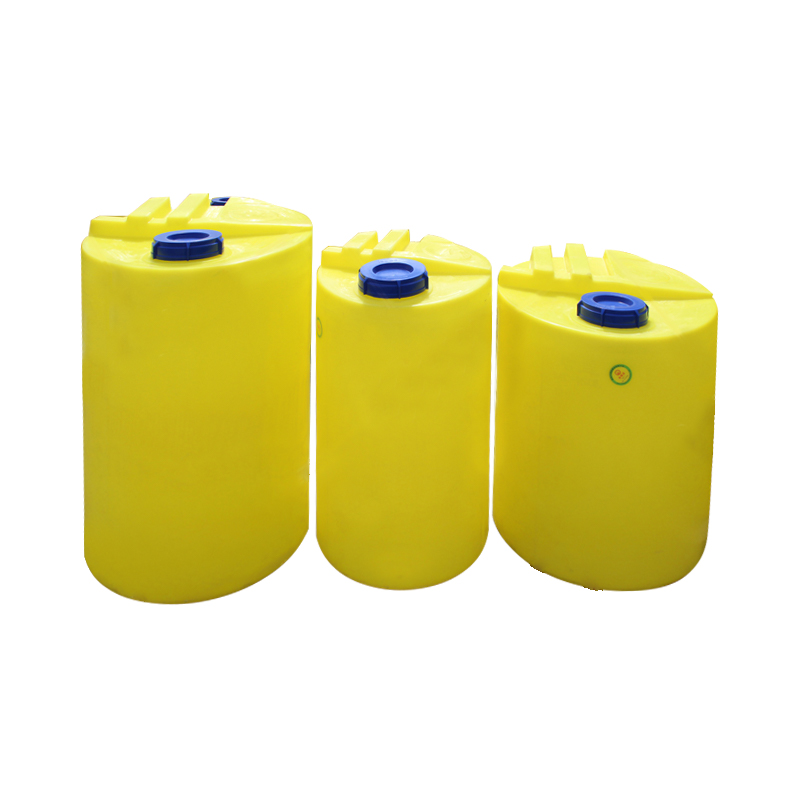
1. Material Comparison: PE vs. PVC Properties
PE Dosing Barrel (Polyethylene Dosing Barrel)
Polyethylene (PE) is a widely used thermoplastic material, known for its chemical resistance, toughness, and versatility. PE dosing barrels are ideal for chemical dosing applications, offering excellent corrosion resistance, high impact strength, and good low-temperature performance.
-
Corrosion Resistance: PE has excellent resistance to a wide range of chemicals, especially acids, alkalis, and corrosive liquids. This makes PE dosing barrels particularly suitable for water treatment, wastewater treatment, and agricultural fertilizer applications.
-
Temperature Resistance: Polyethylene performs well at lower temperatures and is less prone to cracking in cold conditions. This property makes it suitable for environments where low temperatures are a concern.
-
Impact Resistance: PE barrels are highly resistant to physical impact and are less likely to break or crack when subjected to external forces. This makes them ideal for harsh environments where barrels are likely to endure bumps or collisions.
PVC Dosing Barrel (Polyvinyl Chloride Dosing Barrel)
Polyvinyl Chloride (PVC) is a commonly used thermoplastic material known for its rigidity and chemical stability. PVC dosing barrels are suitable for handling more stable chemicals but have limitations compared to PE in terms of chemical resistance and impact strength.
-
Corrosion Resistance: PVC has decent chemical resistance, particularly against acids and alkalis. However, it is less resistant to certain strong oxidizers and solvents. Therefore, it is more suitable for environments where chemicals are less aggressive.
-
Temperature Resistance: PVC has lower temperature resistance compared to PE. It may deform or crack at higher temperatures, which limits its use in high-temperature environments.
-
Rigidity and Processability: PVC is more rigid and can withstand higher pressures, which makes it suitable for applications requiring stronger structural integrity. Additionally, PVC is easier to process and can be molded into more complex shapes and sizes.
2. Chemical Stability and Corrosion Resistance
Chemical Stability of PE Dosing Barrel
PE dosing barrels are known for their exceptional chemical stability, which allows them to handle a wide variety of corrosive chemicals, including strong acids and bases. Due to its molecular structure, PE is highly resistant to most chemicals, making it an ideal choice for industries dealing with aggressive substances. PE dosing barrels are especially popular in applications such as chemical dosing in water treatment, wastewater treatment, and agricultural pesticide application.
Chemical Stability of PVC Dosing Barrel
While PVC also provides good chemical resistance, it is not as versatile as PE. It works well with weak acids, weak bases, and some organic solvents. However, PVC’s resistance to strong oxidizers or extreme chemical environments is limited. For applications that involve particularly aggressive chemicals, PE barrels are generally the better option.
3. Suitable Environments and Working Conditions
Suitable Environments for PE Dosing Barrel
PE dosing barrels are well-suited for the following environments:
-
Low-Temperature Environments: PE performs well in low-temperature conditions without becoming brittle. This property makes PE barrels ideal for use in cold regions or winter chemical applications, such as fertilizer application and cold water treatment.
-
High-Impact Environments: PE barrels are highly resistant to physical impacts, making them suitable for environments where the equipment is likely to be subjected to shocks or collisions. For example, in water treatment plants or wastewater treatment facilities, PE dosing barrels are less likely to crack under external stress.
Suitable Environments for PVC Dosing Barrel
PVC dosing barrels are more suited for stable environments where chemical aggression is lower. These barrels are ideal for applications that do not involve high physical impact or temperature extremes. PVC dosing barrels are also used in systems requiring a high degree of structural strength due to PVC’s rigidity.
4. Cost and Economic Considerations
Cost and Economy of PE Dosing Barrel
PE dosing barrels generally have a higher initial cost compared to PVC barrels, due to the more complex manufacturing processes and superior material properties. However, the long-term benefits of PE, including its extended service life and lower maintenance requirements, make it a more cost-effective solution over time. Additionally, PE is highly recyclable, aligning with sustainable development practices.
Cost and Economy of PVC Dosing Barrel
PVC dosing barrels are typically less expensive to produce and are a more budget-friendly option for applications with moderate chemical exposure. However, PVC barrels may require more frequent replacements and maintenance in harsh environments, which can increase long-term costs. PVC’s lower recyclability also makes it a less sustainable choice compared to PE.
5. Environmental Considerations
Environmental Impact of PE Dosing Barrel
PE is an environmentally friendly material, with a higher degree of recyclability compared to PVC. As sustainability becomes increasingly important in industrial practices, PE dosing barrels are seen as a greener option. Their longer service life and better recyclability make them a more eco-friendly choice.
Environmental Impact of PVC Dosing Barrel
PVC, on the other hand, has poorer recyclability and may have a more significant environmental impact during production. In industries with strict environmental regulations, PE dosing barrels may be preferred due to their lower environmental footprint.


 English
English عربى
عربى
